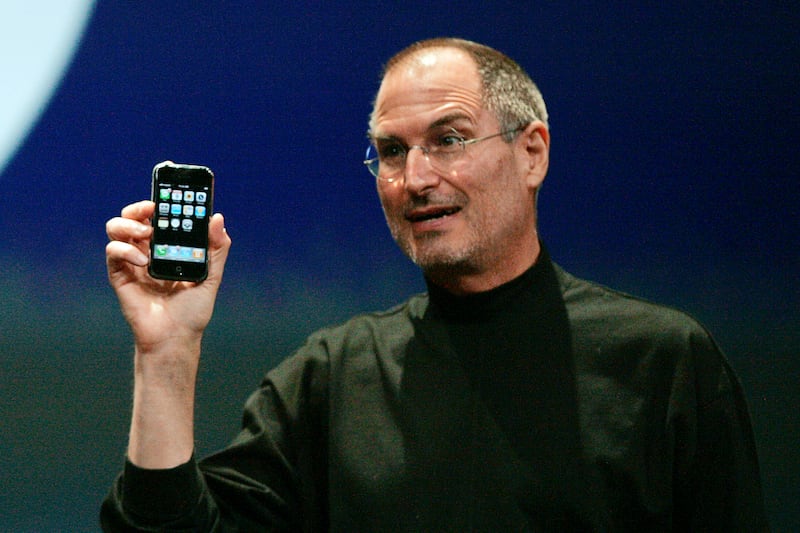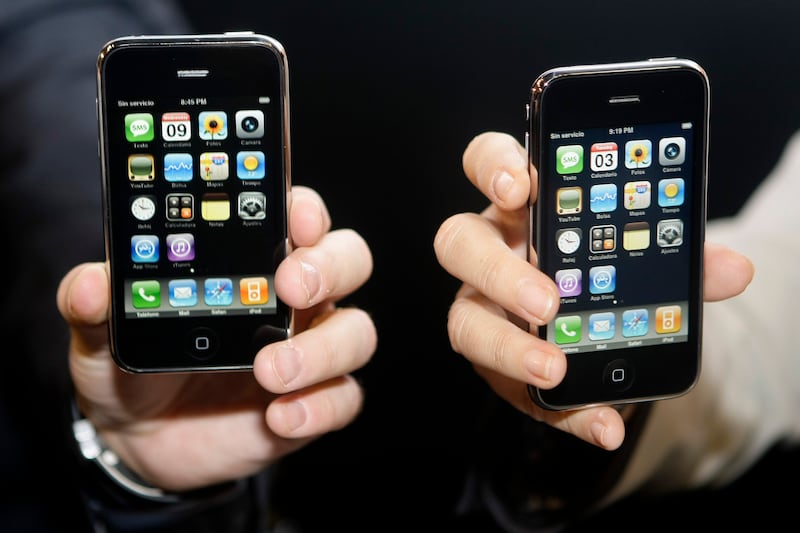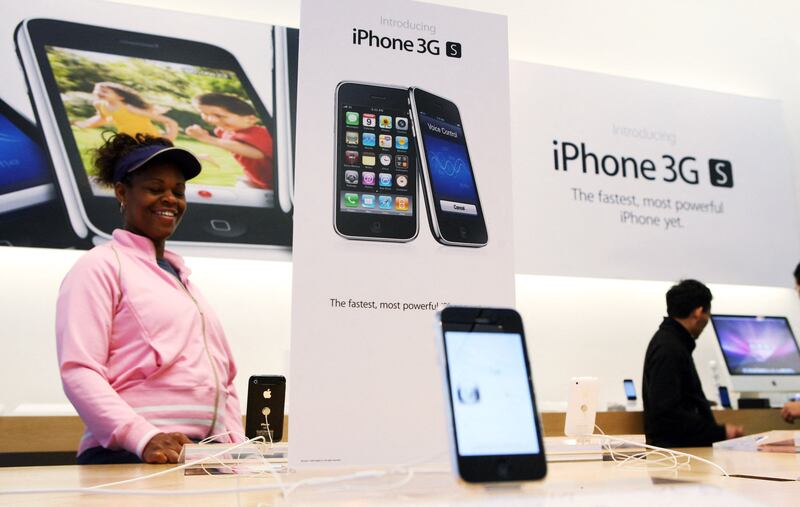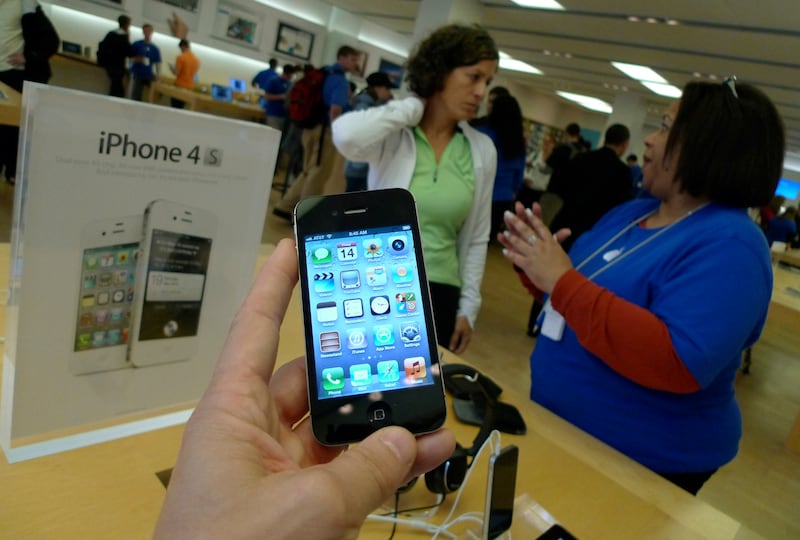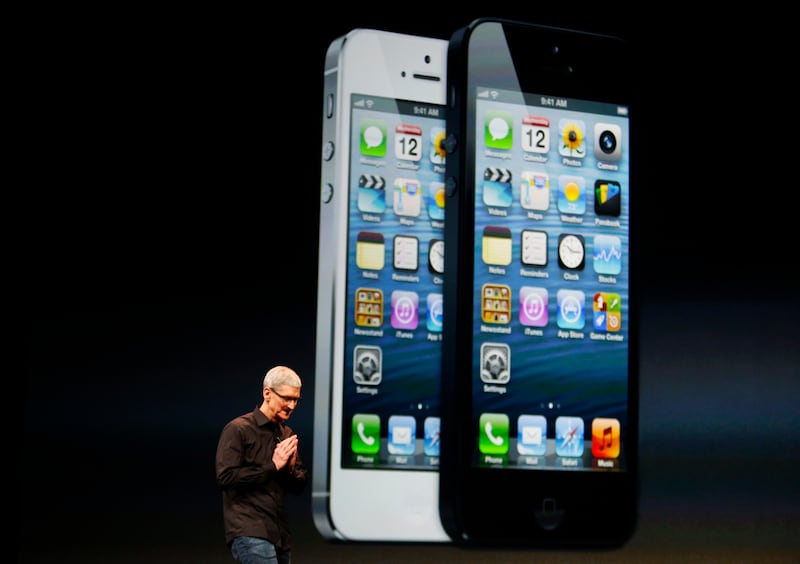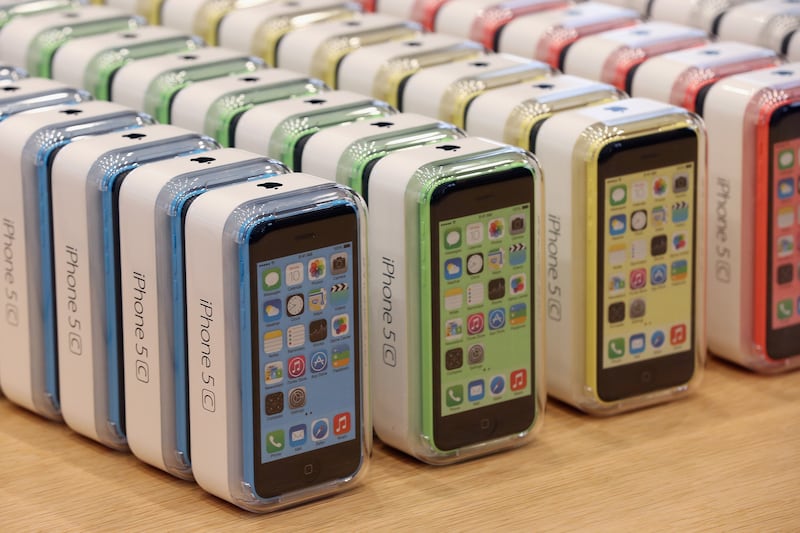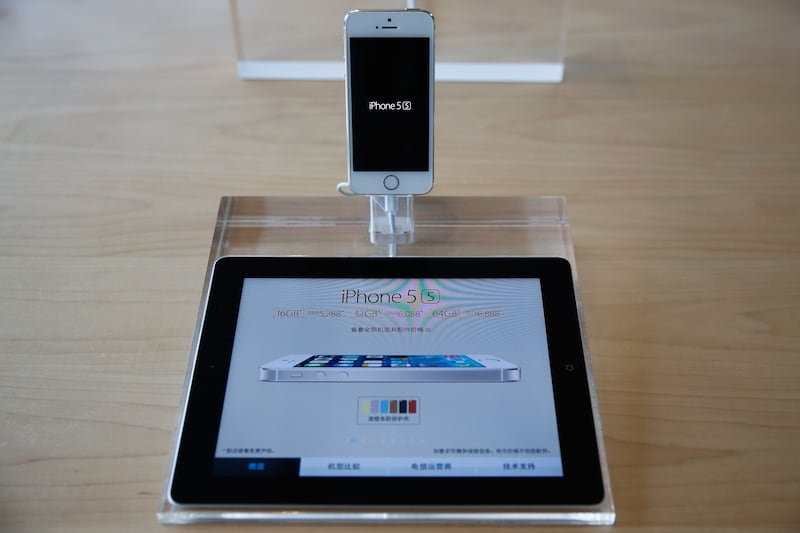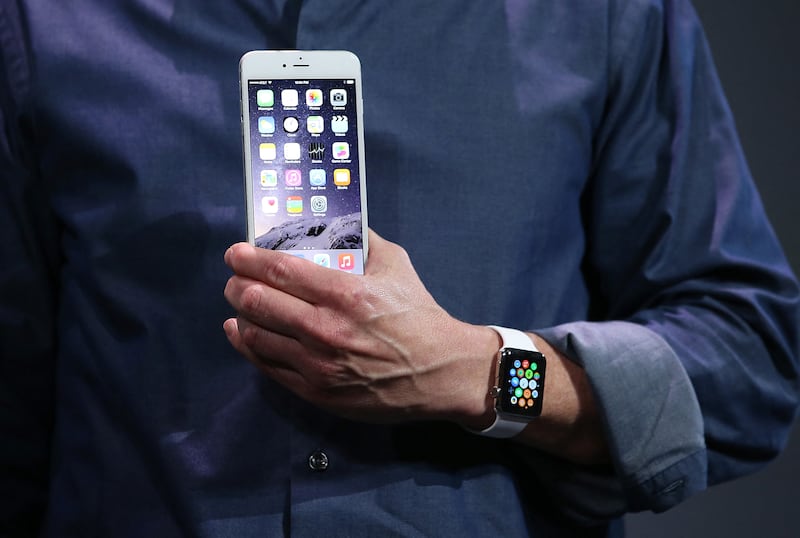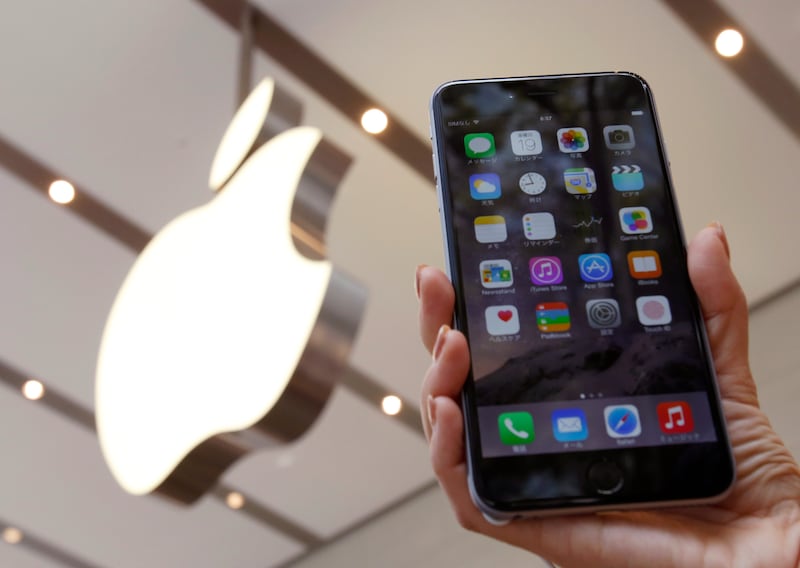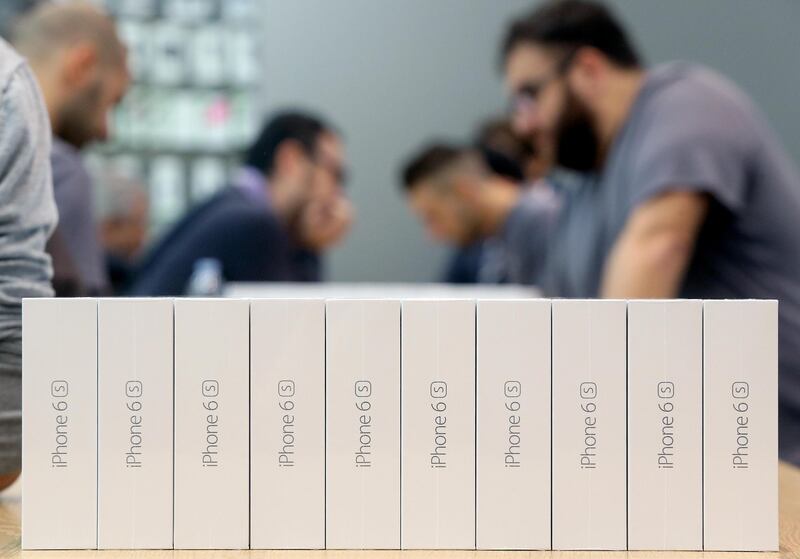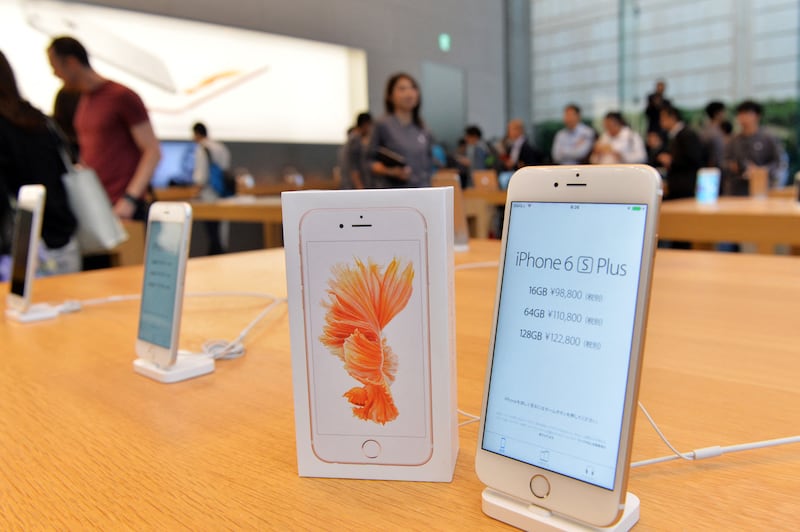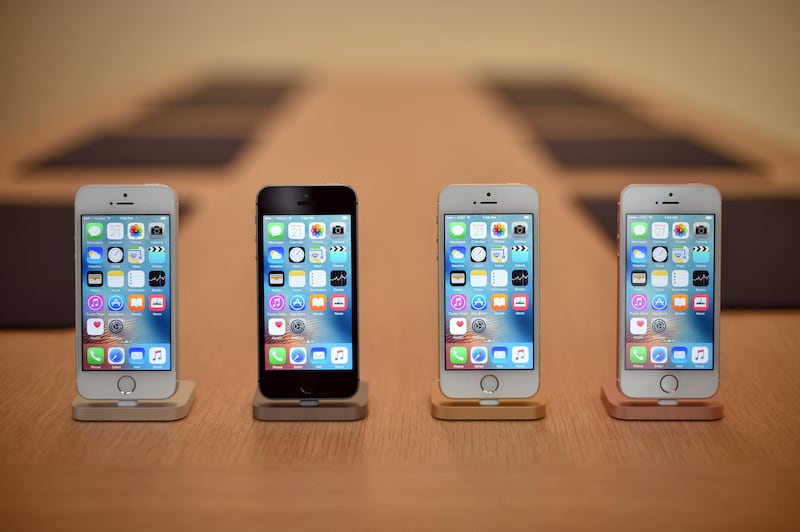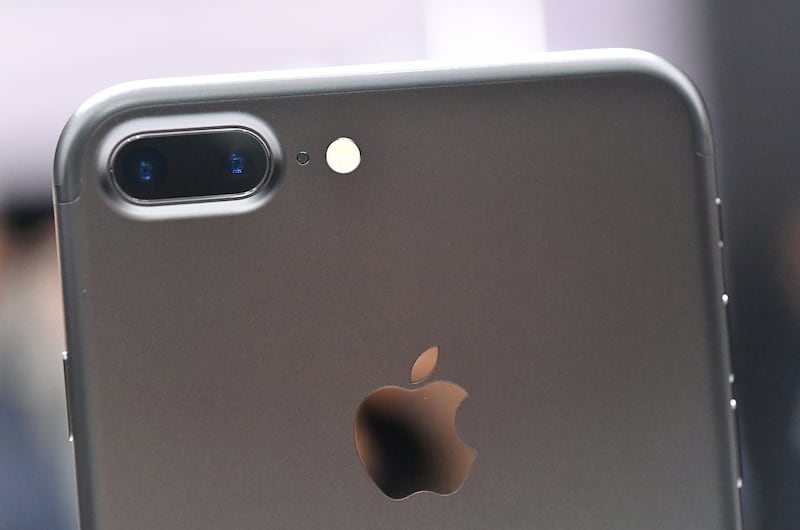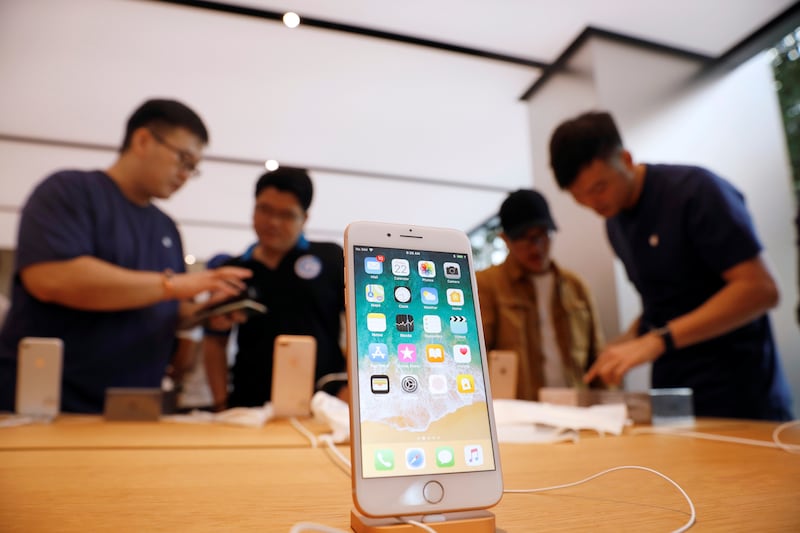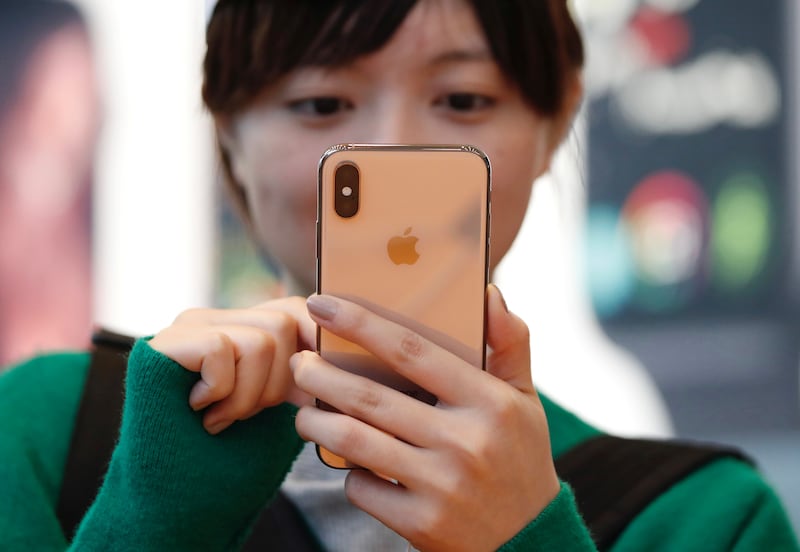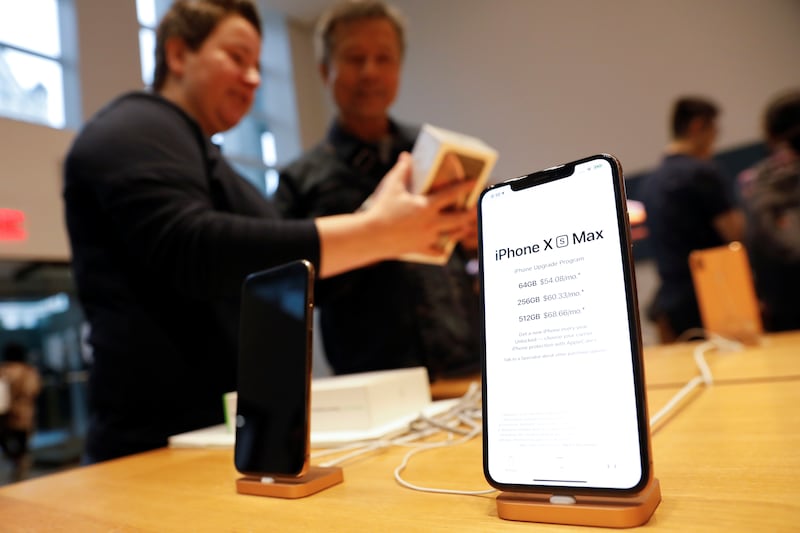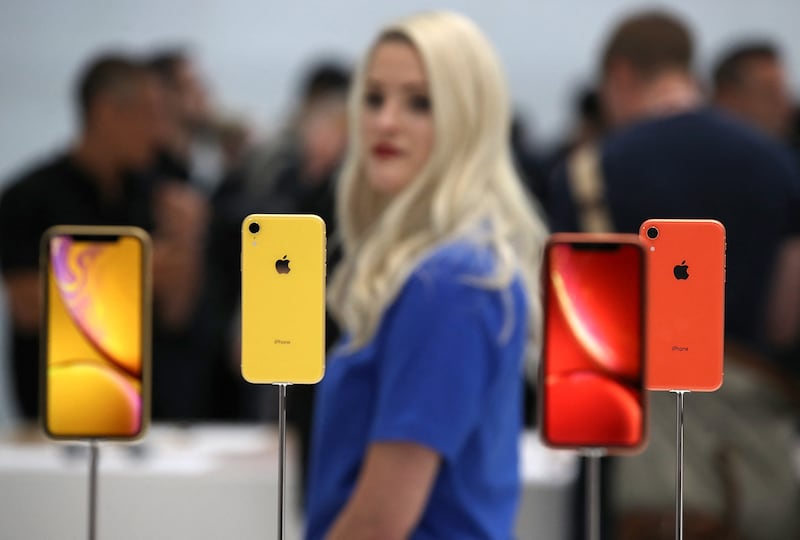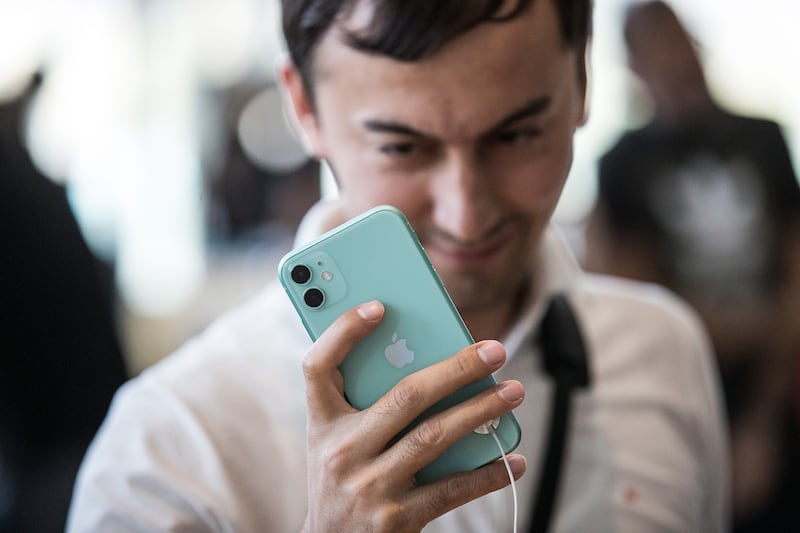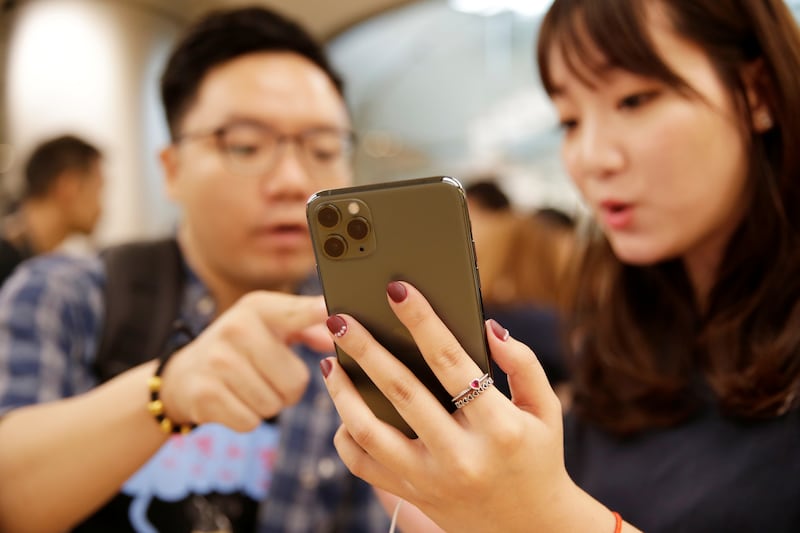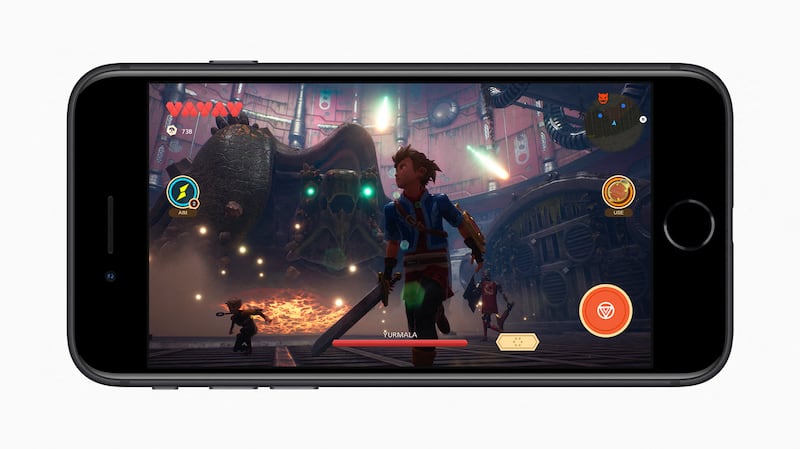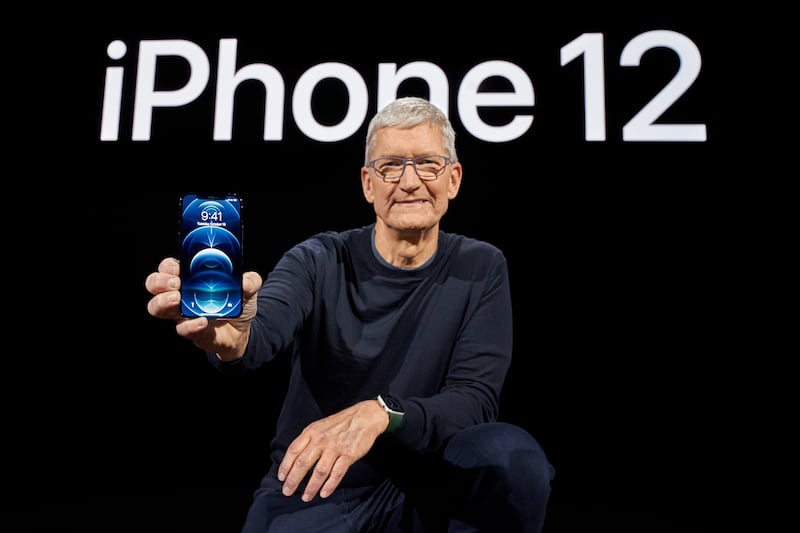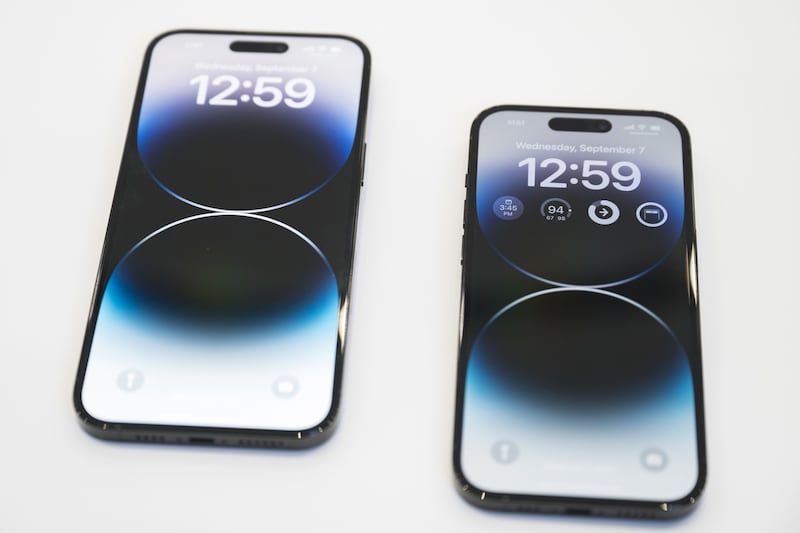Apple was set to unveil its new iPhone 15 series on Tuesday and all signs point to another major hardware change – the switch to USB-C.
The company is known for not necessarily being the first in introducing certain technology on its devices. Apple is famous for taking on existing tech and improving it before using it on its own products.
But when it does something, it's a big deal, as it sets the direction for other companies and user adoption. Arguably the most infamous instance was in 2017 when Apple made the decision to kill off the 3.5mm headphone jack port in 2016’s iPhone 7. After initial uproar, its competition soon followed suit and users accepted it, proving Apple was right.
Nothing is official until Apple's announcement. We take a look at what exactly this technology is and how it all came to this point.
What is USB-C?
In simplest terms, USB-C – universal serial bus type C, in full – is a technology and standard used to connect computers and similar devices to peripherals for the purposes of data transfer and charging.
It is part of a wider range of USBs in the market – A, B, C, 3.0, Mini, Micro and Micro B – all with distinct designs, speeds and purposes. In terms of size, USB-C, Mini, Micro and Micro B are the thinnest, giving them more versatility to be included in smaller devices.
Why is USB-C so popular?
Because of the one distinct advantage it has over the rest of the USB types – it has rotational symmetry, meaning it is reversible and can be plugged in any way without worrying about its orientation. It quickly became a popular choice because of this, aside from being slim.
It's difficult to quantify how many devices use USB-C ports, as well as the number of compatible cables, but it should definitely be in the billions.
Which smartphone first used USB-C?
USB-C was introduced in 2014, but it was in 2015 that the first smartphones to use it emerged – and it's probably something you may not have heard of: it was a series of mobiles from China's Le – the Le 1, Le 1 Pro and Le Max – back in 2015.
However, it's important to note that Apple was also one of the earliest adopters of USB-C, but not on the iPhone – the company integrated USB-C into its 2015 MacBook, joining Google's Chromebook Pixel.
How does it compare to Apple's Lightning?
Apple introduced its proprietary Lightning port in 2012 in the iPhone 5, replacing the bulky 30-pin dock connector, and, like USB-C, has rotational symmetry. It was also used in iPads and the now-discontinued iPods.
The most obvious difference between USB-C and Lightning is that the latter is exclusive to Apple products. Lightning also became an additional revenue stream for Apple as it licensed third-party companies to make Lightning accessories iPhones, iPads and iPods.
USB-C, meanwhile, is more versatile. Aside from being the standard for Google's Android smartphones, it is now widely used in other electronics, including headsets, speakers, tablets, laptops, desktops, digital cameras, video game consoles and computer peripherals like mice and keyboards.
However, converters/adaptors can be bought to make these connectors compatible with each other.
The main difference lies in their data transfer and charging speeds.
Lightning cables have a transfer rate of 480Mbps, which meets the USB 2.0 standard, while USB-C clocks in at 640Mbps, which falls under the USB 3.0 standard. In terms of charging, Lightning supports 20W of output, while USB-C can go up at 240W.
What is Thunderbolt?
Thunderbolt is a hardware interface developed by Intel in collaboration with Apple. It looks like USB-C and Apple uses it heavily on its Macs.
True, the latest iterations of Thunderbolt – 3 and 4 – take the form of USB-C. But its initial versions, 1 and 2, utilised the MiniDisplay port.
Thunderbolt is one of the key features of Macs and is used mainly for high-resolution media and high-speed transfers. It isn't exclusive to Apple, but only a very limited number of devices use it.
So, why is Apple switching to USB-C?
As previously stated, Apple began using USB-C ports on its MacBooks since 2015, and has gradually integrated the technology not only within its MacBook line-up, but also to the rest of its portfolio.
Rumblings of another major hardware change at Apple began in 2018 when the company decided to, for the first time, use a USB-C port in that year's iteration of the iPad Pro.
Since then, talk of iPhones switching to USB-C gained steam – and only gathered further momentum when the EU started pushing for a common charger for technology devices in September 2021, which was eventually approved by the EU Parliament in October 2022.
A few weeks after this decision, Apple senior vice president for worldwide marketing Greg Joswiak said Apple would comply but did not give any specific time frame.
EU agrees on single charging port for electronic devices
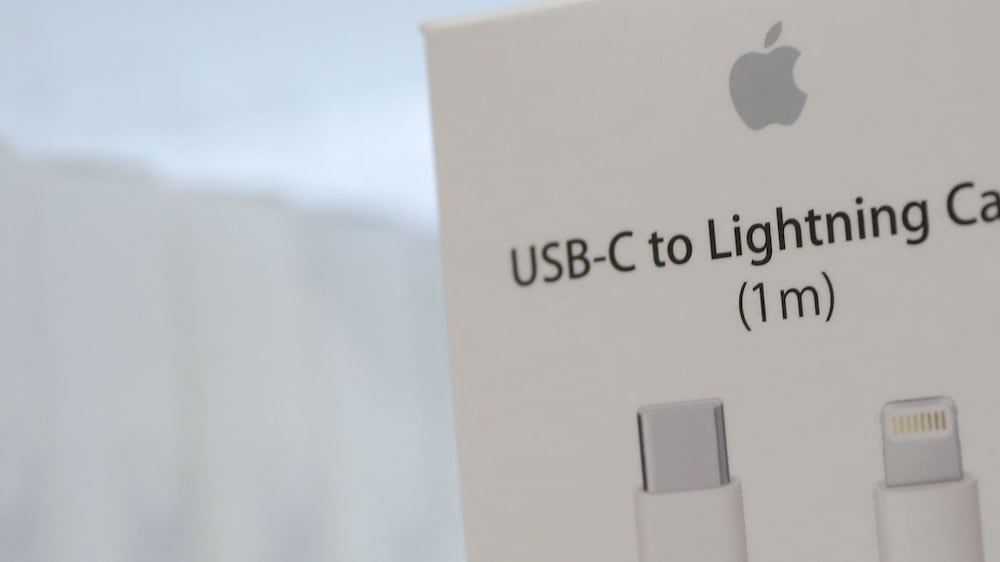
He acknowledged that Apple and the EU had been “in an argument” for more than a decade over the issue and said he thought at one point the micro-USB port, whose presence is diminishing, would be used.
Mr Joswiak also argued that by standardising the USB-C port, billions of Lightning cables – Apple's proprietary port – would be rendered useless and would cause “a bunch of e-waste”.
Apple is known to be overly protective of its proprietary technology, but it would not want to risk legal complications, particularly with the EU, as well as disruption in its supply chains and customer base.
The EU's argument is simple: a common charger would reduce the need for owning more than one cable. In the EU alone, consumers bought about 420 million electronic devices in 2020 and, on average, own three chargers to charge them, latest data shows.
It is unclear how this legislation would affect the rest of the world, given there is still a substantial amount of devices that use older USB versions. This would also affect tech giants such as Samsung and, of course, consumers.


